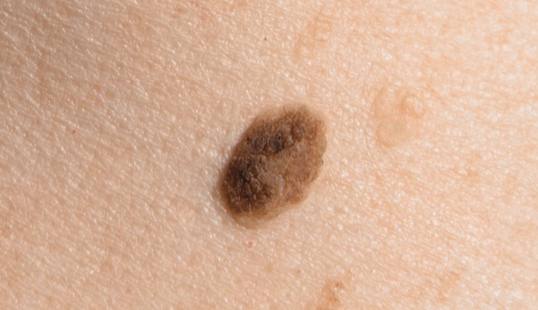WHAT ARE YOUR MOLE REMOVAL OPTIONS?
London Dermatology | 10 March 2025
The following alternatives are available, depending on the type of mole being removed:
Cryotherapy / Freezing
Liquid nitrogen is commonly used to freeze skin lesions, such as warts and skin tags, but it can also be used to rapidly and affordably eliminate certain moles, like seborrhoeic keratosis. Other kinds of moles, including complex nevi or intradermal naevi, are not frequently treated with cryotherapy.
Laser Mole Removal
For smaller, flatter, and lighter-colored moles that are being removed for aesthetic purposes, laser mole removal is typically advised. Compared to surgical treatments, laser mole removal has the primary advantage of leaving a tidy appearance with no scars. Although there is a slight chance of recurrence, patients are frequently satisfied with the outcome.
Following an examination, your dermatologist will determine which laser technique is best for your mole. All of these emit particular light wavelengths that are intended to target and evaporate the skin’s darker pigment. Additionally, a laser cauterises the incision, resulting in minimal bleeding and a speedy healing process.
Shave Excision Surgery
Shave excision surgery is the best method for removing raised moles or those that protrude from the skin.
In order to remove the mole and leave flat, stitch-free skin, a small injection of local anaesthetic is typically utilised to numb the area. A specialised scalpel or surgical blade is then used for a tangential excision.
The process just takes a few minutes, and the wound heals in 7–10 days. It is somewhat pink and red for 3–4 weeks, but it progressively goes away over the next few months, leaving a tiny or insignificant scar.
Ellipse Excision Surgery
Of the three options, ellipse excision surgery is the most intrusive. It is typically used for suspicious moles or those that cannot be removed with a laser or shave.
A scalpel is used to remove the mole following a tiny local injection. A competent dermatologist will try to remove the mole all at once, then use small, dissolveable stitches to pull the skin together before applying a bandage. About 20 minutes are needed for the process. The scarring will continue to disappear after the initial healing, leaving only a faint white line in place of the mole.

